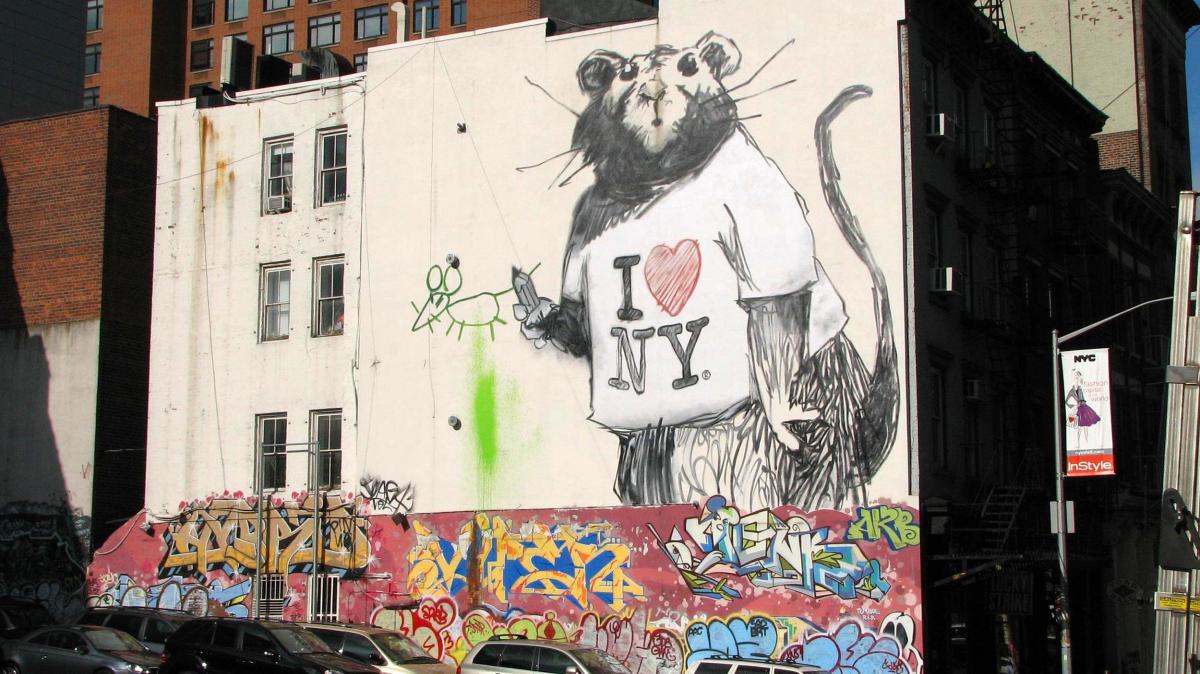New York finally claims a small victory in ‘forever war on rats’
Eric Adams, the mayor of New York, has been unwell and absent from public engagements for the past week. He faces a criminal trial on corruption charges in April, two months before he must face Democratic voters in a primary election for which a recent poll showed him running at 6 per cent support. There were even rumours that he was planning to resign.
Yet there is now one bright spot for him. More than two years after he declared a “war on rats”, some modest signs of victory have emerged.
A pilot programme in Harlem, the northern neighbourhood in which the city decreed that all rubbish had to be placed in sealed containers and collected six days a week, is being credited with reducing rat sightings.
Eric Adams, the mayor, established a pilot system for rubbish bins which has seen some positive progress
ANGELA WEISS/AFP/GETTY IMAGES
Although the site of this success amounted to an area of fewer than ten blocks, there had been years in which the strenuous application of rodent poisons appeared to have had little effect.
From 2014 to 2019, the city increased its use of poison, yet the rat population continued to boom, according to a study that seeks to track, for the first time, the state of play for rats in 16 cities.
Rats do not take part in census counts, so the 19 scientists behind the study sought to estimate whether their numbers were rising or falling using records of complaints from members of the public and reported sightings during municipal inspections.
Washington appeared to suffer the sharpest growth in its rat population, followed by San Francisco, Toronto, New York and Amsterdam, according to the paper published in Science Advances. In total, 11 of the 16 cities appeared to be suffering an increase in rats and the scientists concluded that rat numbers were rising in places with a warming climate, a denser population, and less greenery.
Rats are a common sight on the subway
GARY HERSHORN/GETTY IMAGES
Yet although New York was still among the cities with a growing rat population, the researchers singled out the pilot programme in Harlem as one of a few “promising” signs of change. “It’s a small scale area but it does seem to be making a measurable impact,” said Jonathan Richardson, an urban ecologist at the University of Richmond, Virginia, who was the lead author of the study.
The experiment in Harlem followed years in which a great many rodentologists suggested that New York would fare better if it did not present its rat populace with a nightly feast of rubbish, put out on the pavements in gnawable plastic bags — a practice that can be traced to a 1968 strike by the city’s bin men. As the strike went on, the city’s metal bins overflowed. Walking through Manhattan’s Lower East Side, the mayor, John Lindsay, was said to have passed piles of garbage that were sometimes chest high.
Plastic bags were distributed and three years later the city approved a measure to use them instead of the old metal trash cans. The change would be “welcomed by New Yorkers whose sleep is disturbed by rattling cans”, The New York Times reported at the time. It almost certainly welcomed by the city’s rats as well.
Adams, who has claimed that he hates rats more than has any man in history, made plastic rubbish bags one of the targets of what he referred to as a “trash revolution”. “When I go abroad and when I visit other countries, they are blown away that we still use plastic bags,” he said last summer as he unveiled a newfangled device with wheels and a lid that looked, to amused British viewers, like a wheelie bin. These would be used by smaller residential buildings. Larger buildings would require larger bins that would need to be placed on the side of roads. These have been tried out in Harlem; if expanded citywide, they would take up about 150,000 parking spaces, according to a city study, arousing the wrath of New York’s already disgruntled car owners.
• Gigi Hadid has a New York rat problem. And so do I!
Kathleen Corradi, New York’s first “rat tsar” tasked with co-ordinating the city’s efforts to reduce its rat population, said the plan was to expand the programme to a broader stretch of Harlem, confident that it will lead to fewer rat sightings. “We are very optimistic,” she said.
Meanwhile, after several days of containment, there have been several sightings of the mayor, who re-emerged on Thursday to attend a breakfast with religious leaders. “Who started the stupid rumour that I was stepping down on Friday?” he said.
Adams has made friendly overtures towards President Trump since his election in November, and this week there were reports that the Department of Justice was considering dropping the charges against him.
The mayor did not address this or the question of his health in his speech, except to say that “last week was a scary week for me”. But he did promise to remain in City Hall for a little while longer.
“Every day they burn candles, they light incense, they say prayers, they do everything they can. ‘Is he gone yet?’” he shouted. “No he’s not!”



